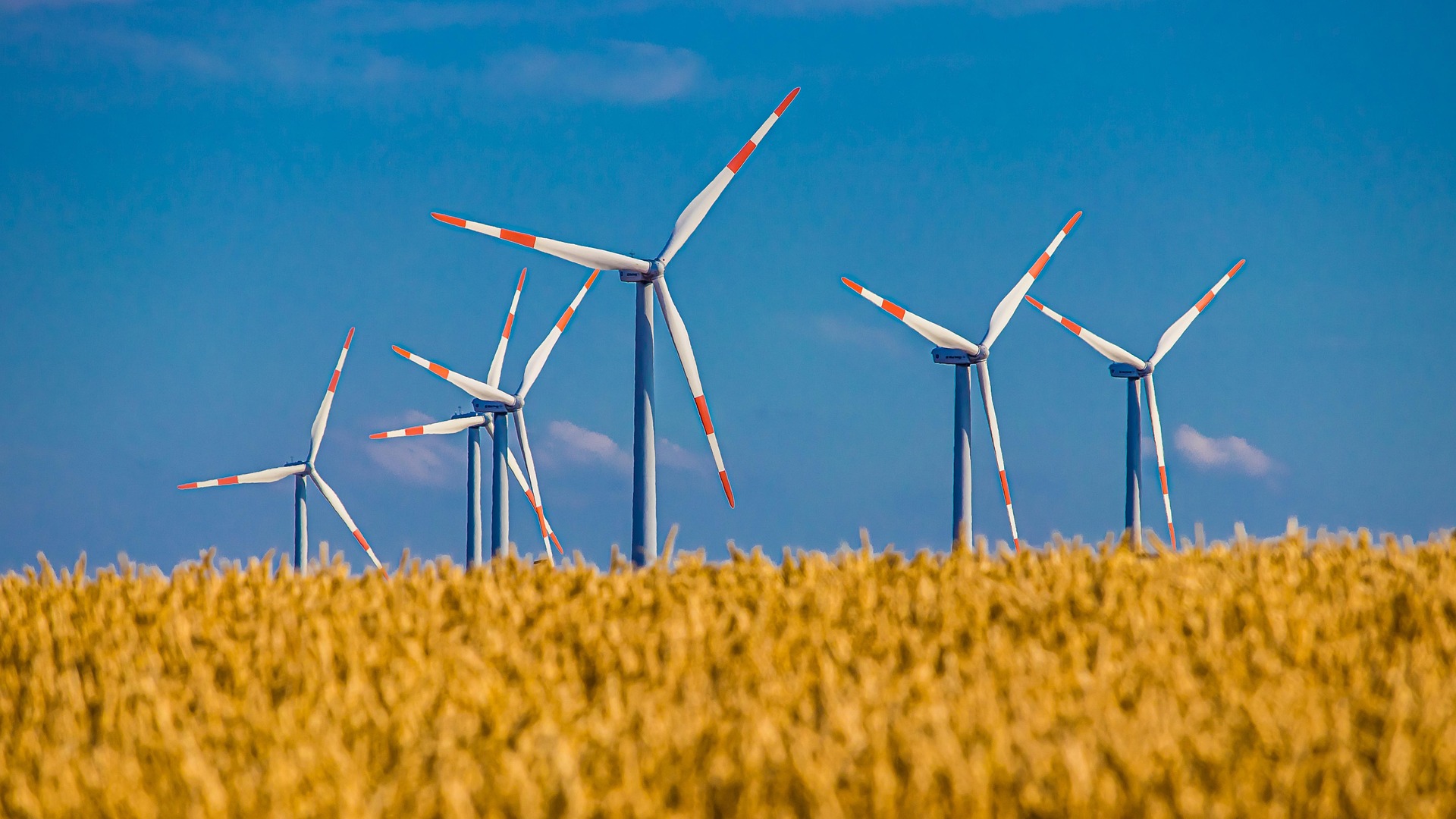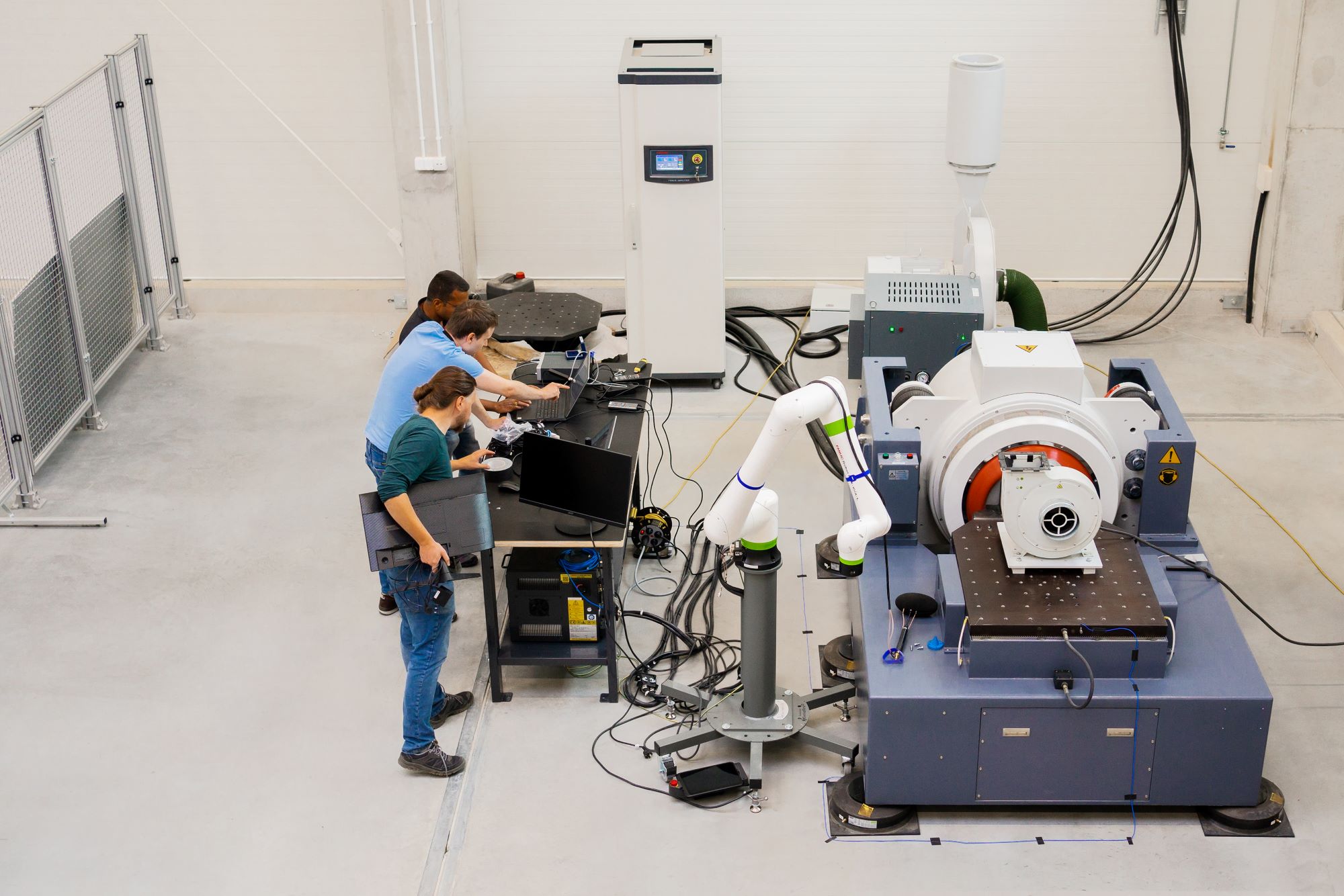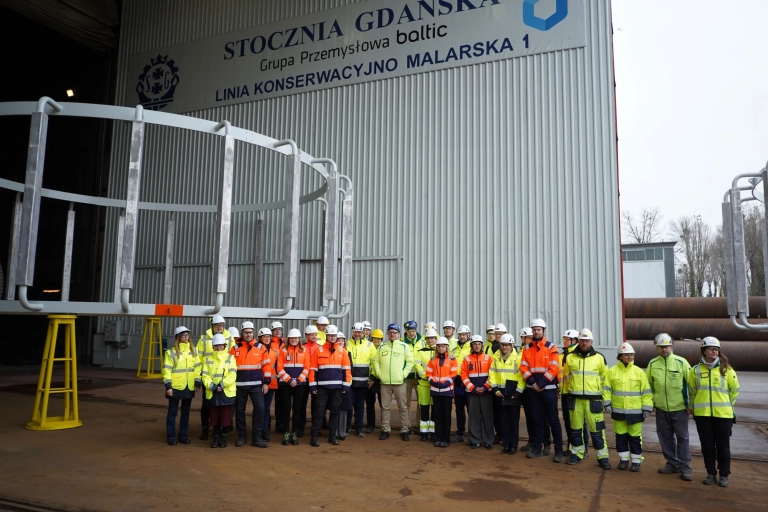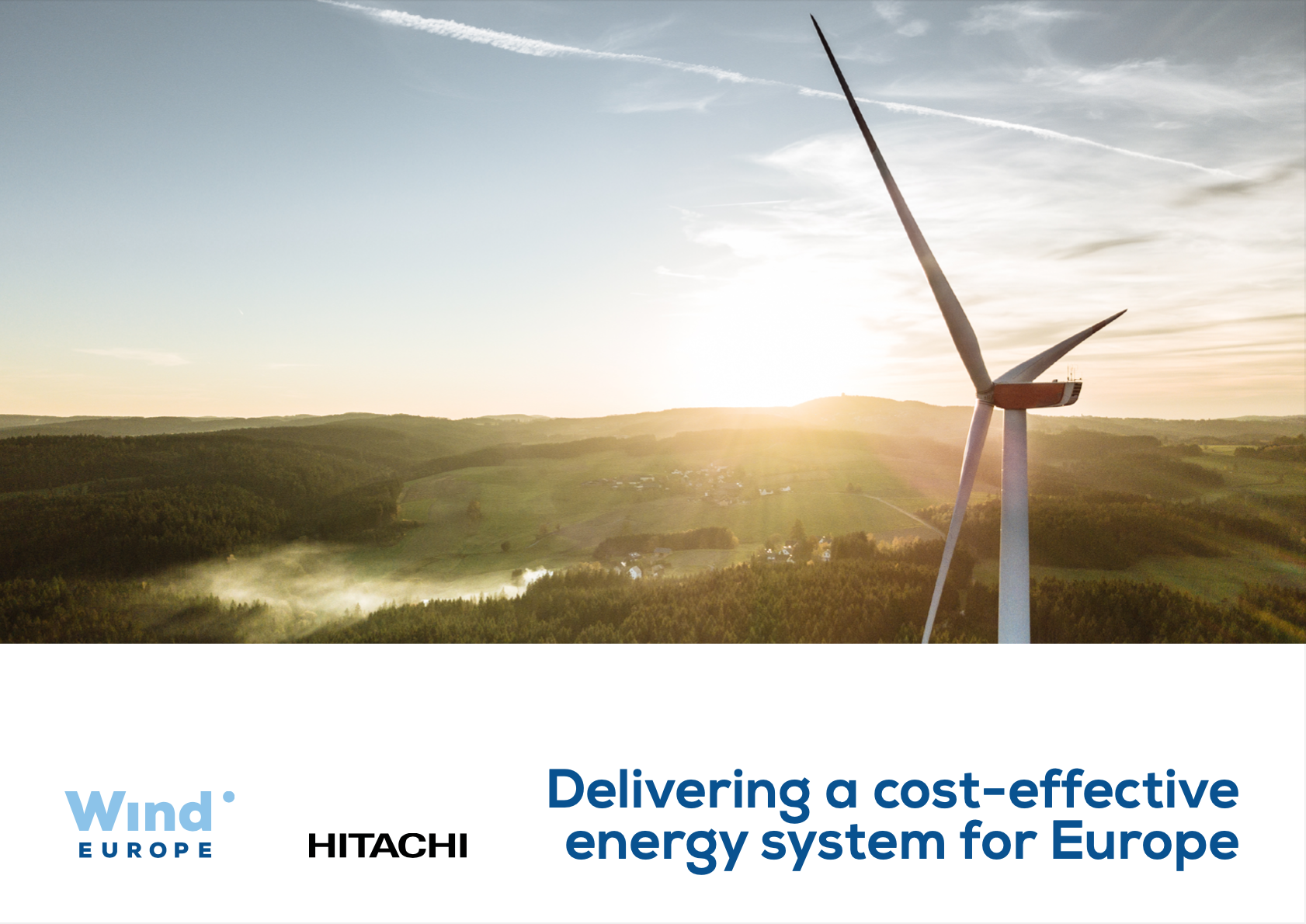According to Swedish Wind Energy Association the research program Vindval has published a new report on how the environmental monitoring of wind power’s impact on species and natural environments is conducted.
The Swedish Wind Energy Association will soon invite stakeholders to the Swedish Environmental Protection Agency’s webinar on March 11, where researchers, regulatory authorities, and industry representatives will discuss the findings.
On February 19, the report “What Happened Next? Monitoring Wind Power’s Impact on Species and Natural Environments” was released as part of Vindval, a collaboration between the Swedish Environmental Protection Agency and the Swedish Energy Agency. The report, authored by researchers Jan Darpö and Jonas Sandström from Uppsala University’s Faculty of Law and SLU’s Species Information Centre (VIPA), examines how wind power’s environmental impact is monitored under environmental permit regulations.
Key Findings
The researchers analyzed 28 operational wind farms, reviewing the conditions and monitoring requirements specified in their permits. They also conducted interviews with regulatory agencies, county administrative boards, and several wind power operators who are members of the Swedish Wind Energy Association.
The study identified systematic shortcomings in the follow-up process for assessing wind power’s effects on biodiversity and natural habitats. The researchers suggest that these shortcomings are not unique to wind power but apply to most industries regulated under Sweden’s Environmental Code. The report provides several recommendations for legislative changes and improvements in the practices of authorities and courts.
To further discuss the findings, the Swedish Environmental Protection Agency will host a webinar on March 11, with participation from researchers, regulatory agencies, environmental assessment authorities, and industry representatives, including Swedish Wind Energy Association.











